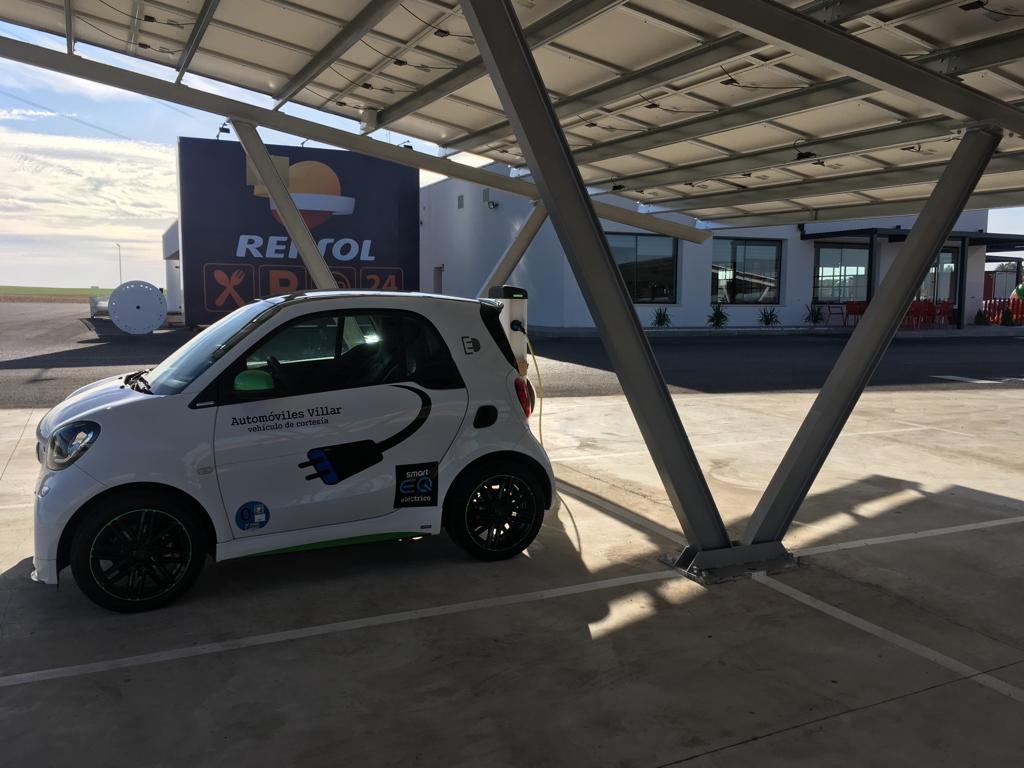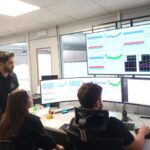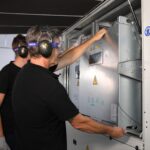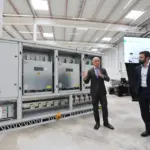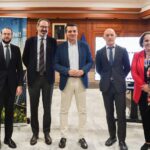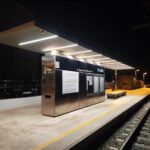By combining different energy sources, such as photovoltaic, which are managed using a cutting edge smart system, it is possible to guarantee with full certainty that these facilities will make the transition to electric transport.
In Noguera de Pozoseco, in the province of Cuenca, its service area is a pioneer when it comes to providing an effective, efficient and sustainable solution to reliable and continuous energy supplies for these types of facilities.
This case it just one example of the many service stations that have experienced growth until the supply of the required energy by traditional means is no longer feasible. Also, the area is in a specific geographical location and had no electricity supply grid, whereby it had to rely exclusively on a generator set.
As a result of ZIGOR Corporación‘s groundbreaking technological proposal, the Noguera de Pozoseco service area now has the electrical power it needs, 500KWh/day.
ZGR’s proposal for the service area
The proposal involves three energy generation sources:
- 200 KVAS generator set with automatic start-up (to cover peak demand and cloudy days)
- 160 KWp solar panel photovoltaic installation, located on an 850 square metre car park.
- set of 1,000KWh storage batteries.
These sources are controlled by a programmable autonomous system that optimises performance and which can also be scaled and can easily be expanded by means of parallel installation of new smart units that constantly decide which energy source to use.
The entire facility is controlled using software which also analyses, measures and records temperature and solar radiation data -both for the modules and the atmosphere- and checks that the solar production corresponds with these measured values. Using this application on a mobile phone it is possible to display data and perform real-time checks on evolution over time. In short, this is a cutting edge, efficient and profitable proposal.
The system can be installed in days and set into operation in hours. It is valid both for those stations with limited connection to the grid and for those that (with no supply extension problems) use alternative energies such as photovoltaic energy.
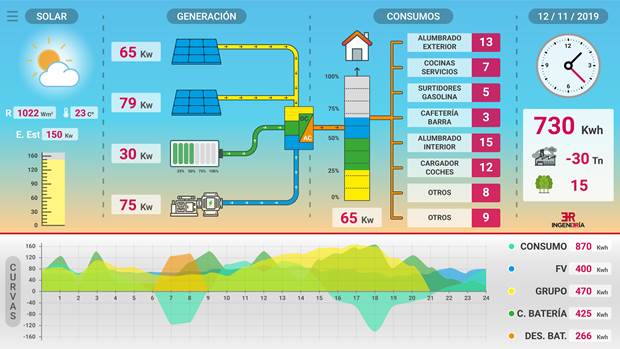
It is possible to visualize the data and know in real time the evolution of consumption in the service area.
The technological system saves 30,000 euros a year to the service area
According to the Basque company’s estimations, installing this technological system can result in average savings of approximately 30,000 euros per year for a service station that consumes 150 kW. The system can also make use of artificial intelligence. This technology predicts service station consumption and make the best decision as to which energy source is the most suitable at any given time.
There are currently 11,600 service stations in Spain. Half of these are in a similar situation to the one in the Cuenca service area (with limited or poor electricity grid connection). So they could all benefit from having a system like the one proposed by ZIGOR:
- innovative.
- smart.
- robust
- highly profitable.
- sustainable from an environmental point of view.
The small town of Cuenca boasts the technological solution that can help petrol stations make the transition to electric transport with complete guarantees. Petrol stations of the future are being designed now.
ZIGOR Corporation (“Your energy, our challenge”)
ZIGOR is a company that specialises in developing robust, flexible and efficient solutions for the comprehensive management of electrical energy, maximising its value.
Its value proposal is designed based on our modularity, our engineering and our manufacturing. It stands out through its personalised technical service and our ongoing search for partnerships to explore new business models based on the technologies it is proficient in, essentially power electronics.
The company operates in Spain, Mexico and Columbia, boasting an international network of partners. Since its inception in 1998, the company’s commitment to innovation, based on customer needs, has resulted in more than 1,000 projects being executed.
